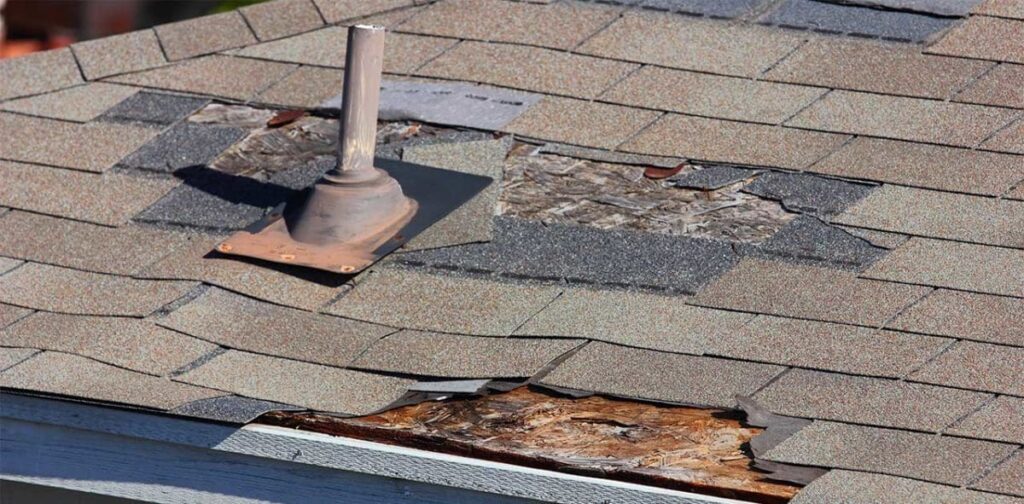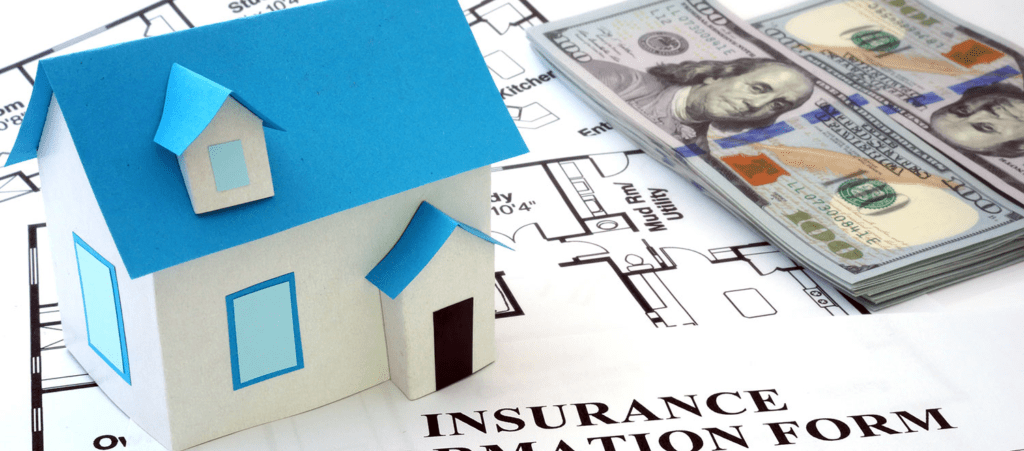Discover the step-by-step process for filing insurance claims for storm damage to your roof. Learn about the different types of roof damage, understand the insurance process, and find trusted roofing companies near you for prompt repairs and restoration.
Storms can wreak havoc on your roof, leaving behind various types of damage. Understanding the damage and how to file insurance claims is essential for a smooth recovery process. In this comprehensive guide, we will explain the different types of storm damage to your roof, walk you through the process of filing insurance claims, and provide valuable tips for navigating the insurance process. Plus, find trusted roofing companies near you to restore your roof to its former glory.
Understanding the Different Types of Roof Damage Caused by Storms
Storms can cause various types of damage to your roof, each requiring specific attention and repair. Here are the most common types:
1. Missing or Damaged Shingles: Identifying the Signs
During a storm, high winds can rip off shingles or cause them to become loose or damaged. Learn how to identify missing or damaged shingles and the risks they pose to your roof’s integrity.

2. Leaks and Water Intrusion: Assessing the Impact
Water intrusion is a significant concern following a storm. Discover how to detect roof leaks and assess the extent of water damage to prevent further issues such as mold growth and structural damage.
3. Structural Damage: Identifying Potential Risks
Severe storms can cause structural damage to your roof, compromising its stability and safety. Learn to recognize signs of structural damage and address them promptly to avoid further deterioration.
Filing Insurance Claims for Storm Damage: Step-by-Step Process
Filing an insurance claim for storm damage can be overwhelming without proper guidance. Here’s a step-by-step process to help you navigate the claims process efficiently:
1. Documenting the Damage: Capturing Evidence
Proper documentation is crucial for a successful insurance claim. Discover the key steps to document the storm damage effectively, including taking photographs, videos, and detailed notes.
2. Contacting Your Insurance Company: Reporting the Storm Damage
Promptly report the storm damage to your insurance company. Learn how to provide essential details about the storm event, date, and specific damage to initiate the claims process.

3. Insurance Adjuster’s Assessment: Working with the Professionals
The insurance company will assign an adjuster to evaluate the damage. Understand how to coordinate with the adjuster, schedule an inspection, and ensure all damages are properly documented.
4. Obtaining Estimates: Consulting Roofing Companies
While the insurance adjuster assesses the damage, it’s wise to seek independent estimates from reputable roofing companies. Discover the benefits and importance of obtaining multiple quotes to validate the scope of work and costs.
5. Submitting Your Claim: Providing Necessary Documentation
Compile all necessary documentation, including photographs, videos, estimates, and any additional information required by your insurance provider. Understand the process of submitting your claim with precision.
6. Reviewing the Claims Settlement: Ensuring Fair Compensation
Once your claim is processed, review the claims settlement offer carefully. Learn how to evaluate the offer to ensure it covers all necessary repairs or replacements. If needed, engage in open communication with your insurance company to seek a fair resolution.

Navigating the Insurance Process: Tips and Considerations
Navigating the insurance process requires careful attention to detail and effective communication. Consider the following tips to enhance your experience:
1. Understanding Your Insurance Policy: Coverage and Limitations
Familiarize yourself with your insurance policy, including coverage limits, deductibles, and exclusions. Understanding your policy’s terms will help you navigate the claims process with confidence.
2. Communicating Effectively: Building a Strong Case
Clear and concise communication is key when dealing with insurance claims. Discover effective strategies for communicating with your insurance company, adjusters, and roofing companies to ensure everyone is on the same page.
3. Seeking Professional Help: Choosing Reputable Roofing Companies
To restore your roof to its pre-storm condition, it’s crucial to engage the services of reputable roofing companies. Find tips on how to select trusted professionals near you, including seeking recommendations and checking online reviews.
Experiencing storm damage to your roof can be stressful, but understanding the damage, filing insurance claims, and navigating the insurance process can make the restoration journey smoother. Use this comprehensive guide to gain insights into the different types of roof damage caused by storms, learn how to file insurance claims step-by-step, and make informed decisions. Remember to seek help from reliable roofing companies near you to ensure your roof is restored promptly and efficiently.
Are you in need of residential storm damage roofing companies services or products?
Alliance Specialty Contractor, Inc. is a GAF Certified Contractor and a Full Service, Veteran Owned, Roofing companies near you that specializes in handling Storm Damage and Insurance Claims! We are the #1 source for all your roofing needs and your full-service roofing company that specializes in Storm damage roof replacement for all properties. We offer roof financing for your roof replacement.
You can count on our highly skilled team to provide fast and reliable free roofing inspections. We deal directly with insurance to ensure you receive the coverage you deserve and provide the best products from GAF. Are you in the Pittsview, Seale, Salem, La Grange, Shiloh, Phenix City, Auburn, Opelika, Columbus, Midland, Ft. Mitchell, Salem, Fortson, or Smiths Station?

Contact Us Today!
(877) STORM-11
Leave a Reply